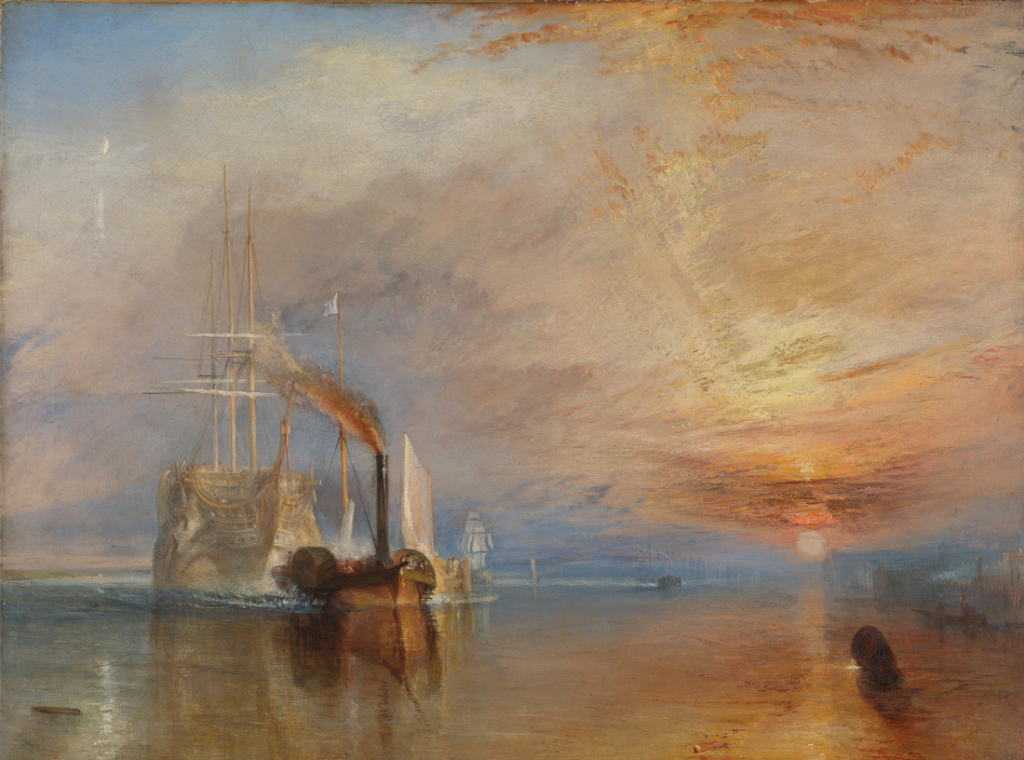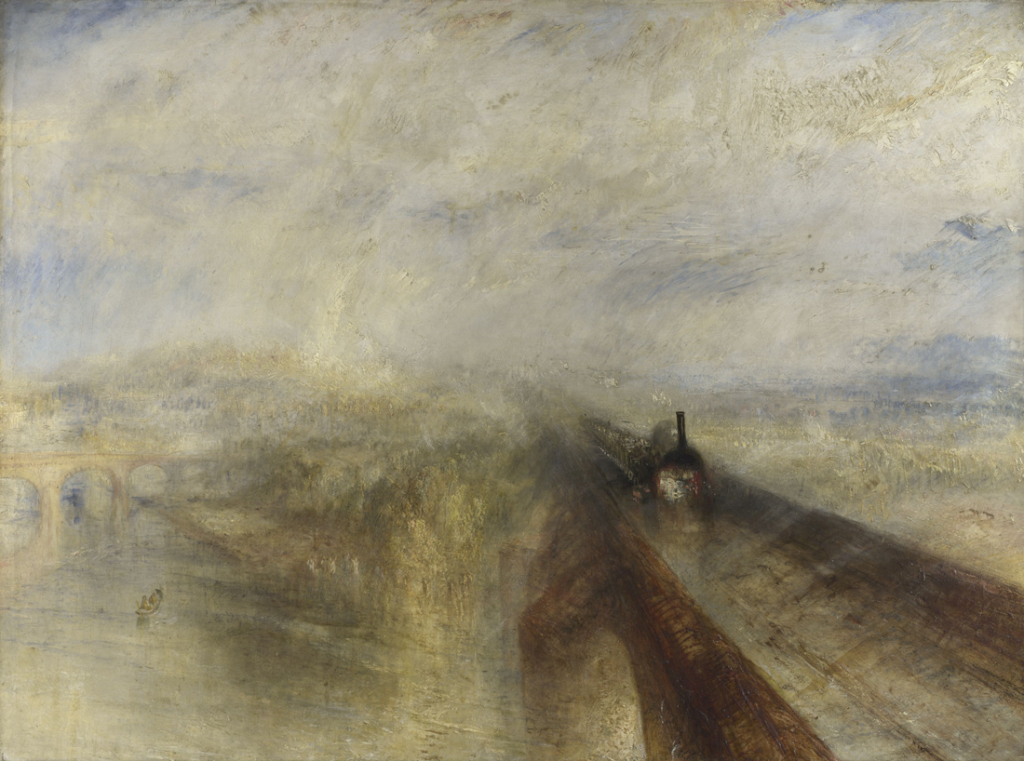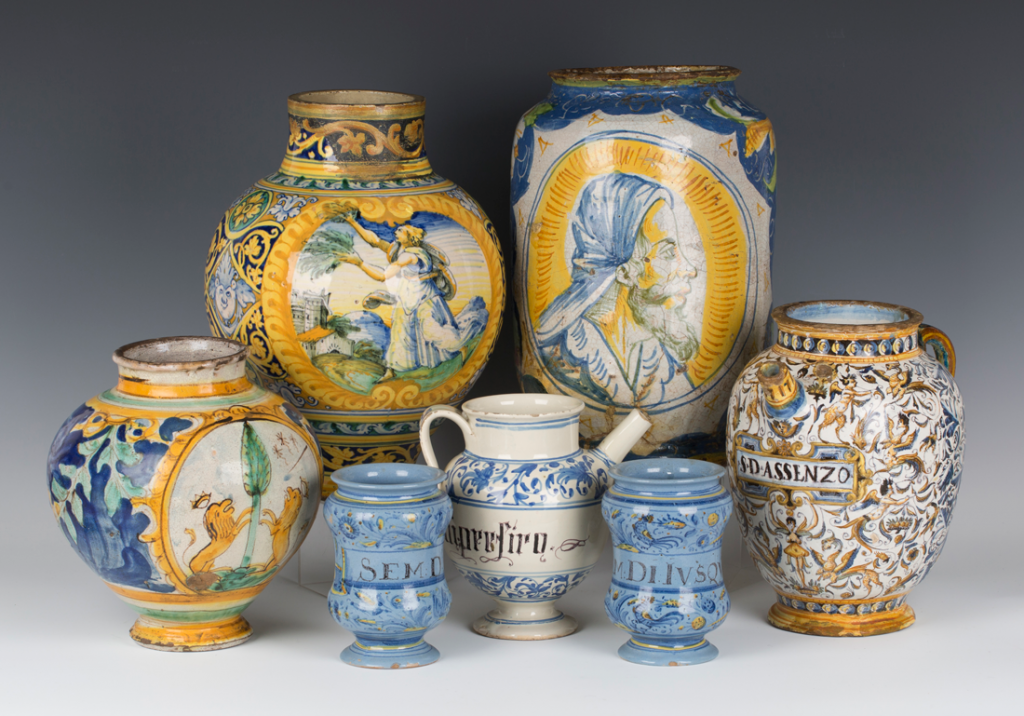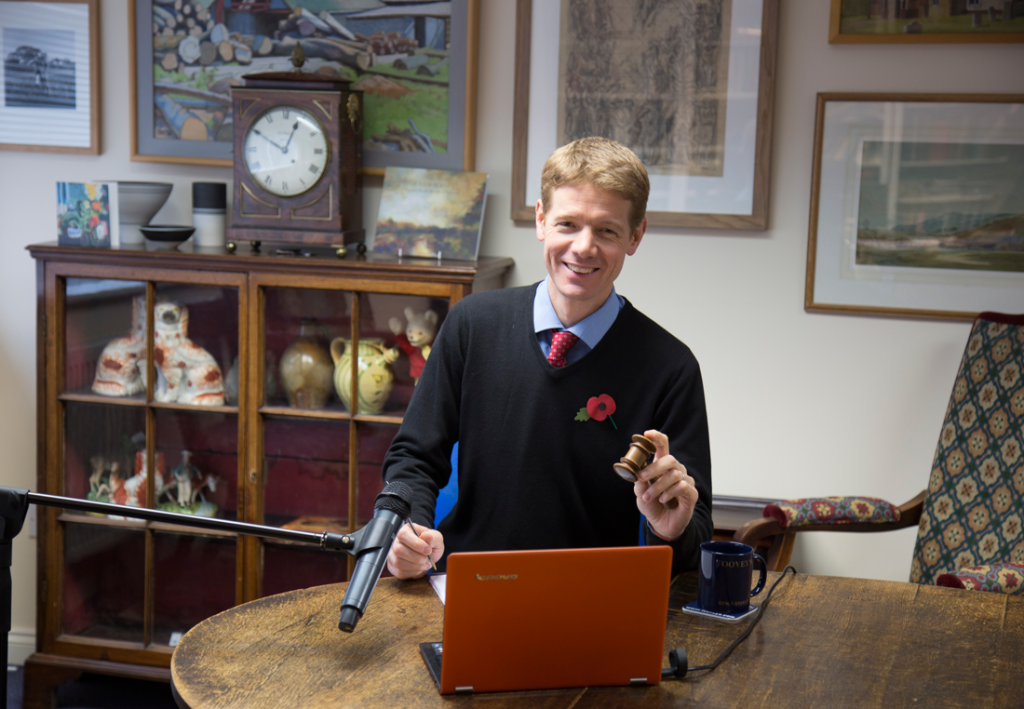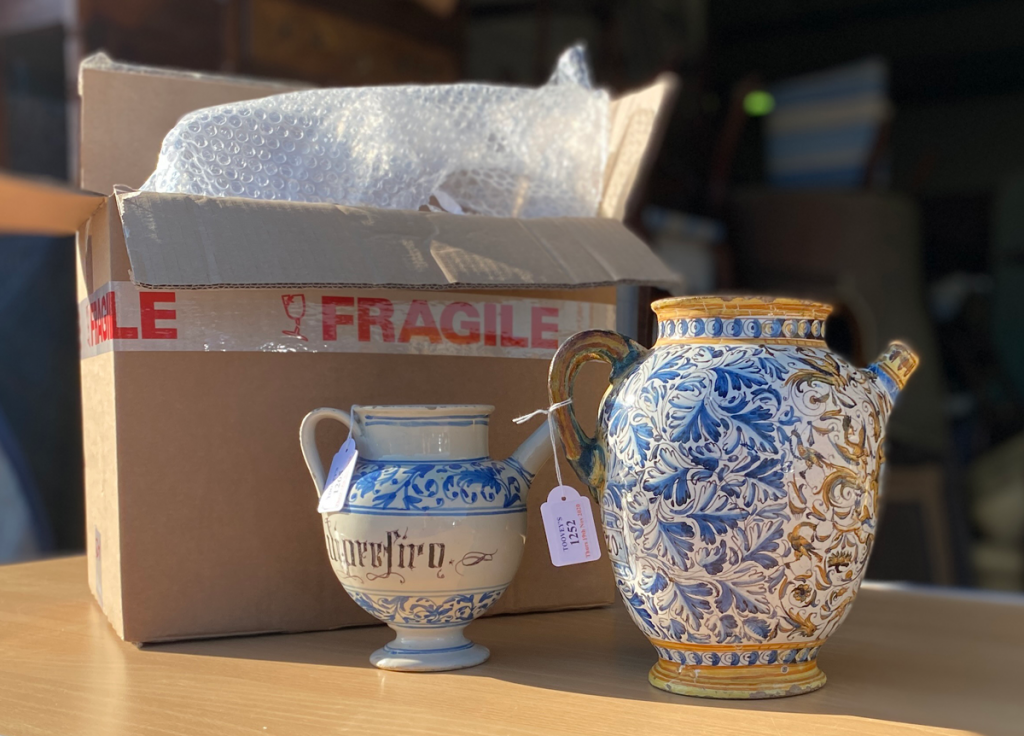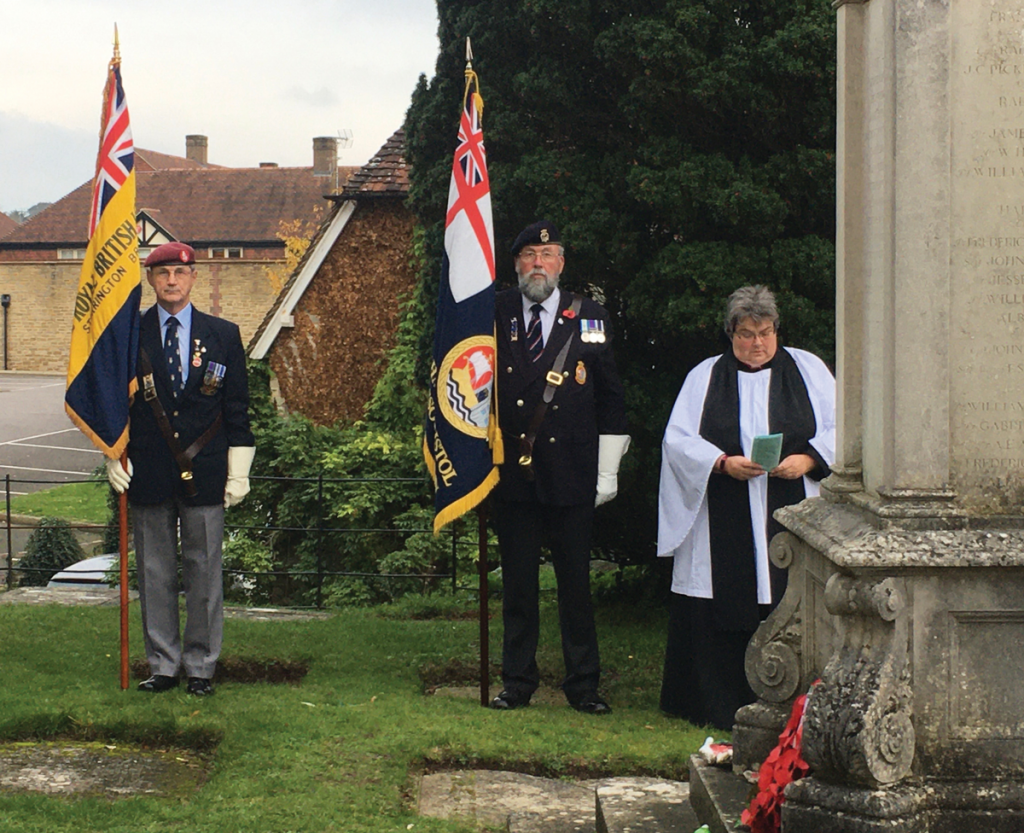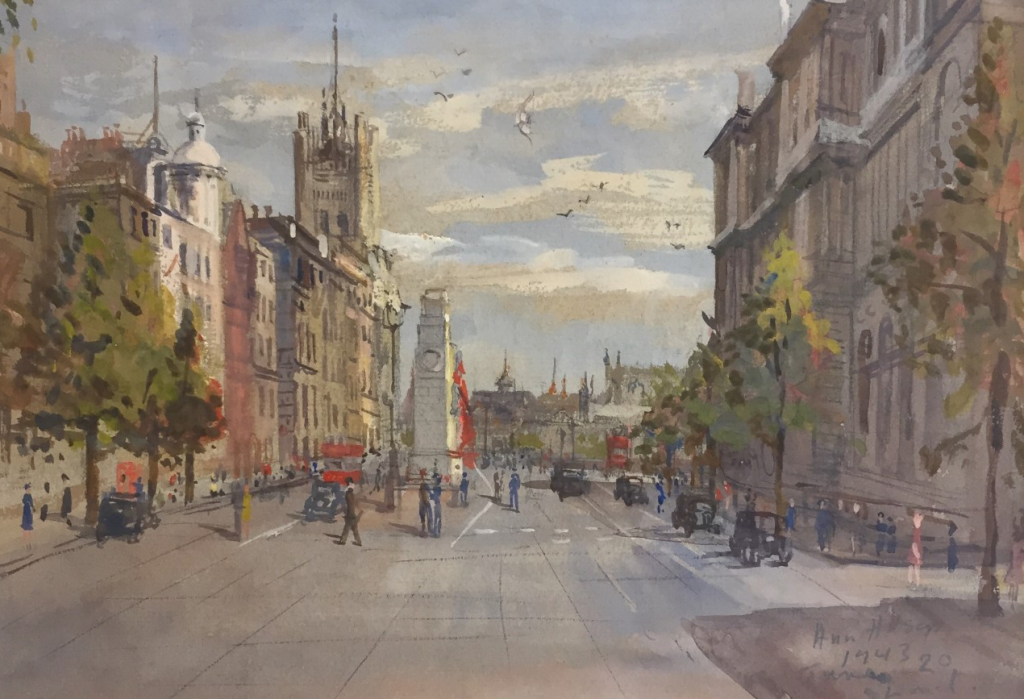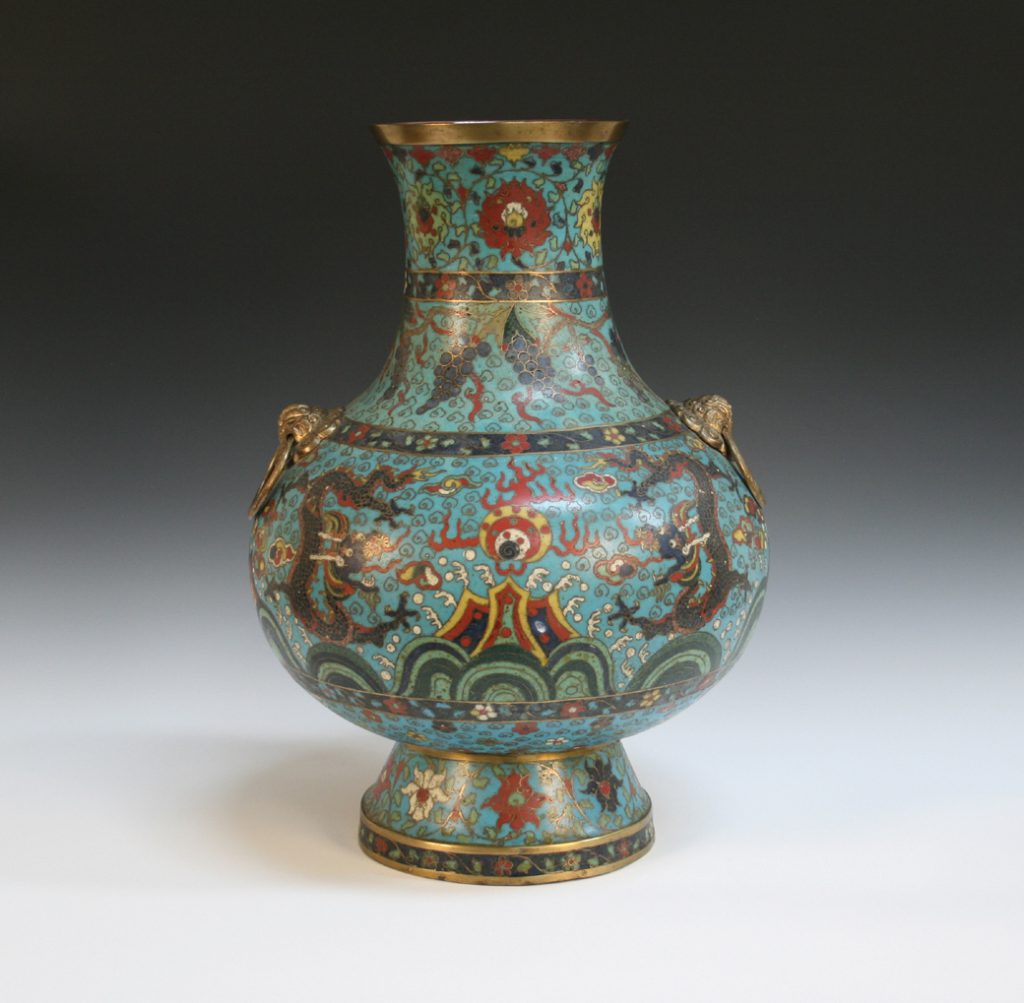
The tradition of enriching metal objects by fusing a composition of ground up multi-coloured glass under heat stretches back over some 3000 years.
It is likely that the origins of these techniques came from the Near East. From the 13th to 12th centuries BC you find it in the Aegean within the cultural sphere of Cyprus. Enamel was employed in Celtic objects from the 5th to 2nd centuries BC and provincial Roman pieces in the first centuries of the Christian era. It reached its heights in Byzantium and European sacred art of the early and high Middle Ages.
The term cloisonné describes the method of creating compartments on a metal object using raised wirework borders, known as cloisons in French. These thin borders remain visible on the finished object separating the compartments of variously coloured enamels. The enamelled powder is worked into a paste to allow its application before being fired in a kiln.
It is likely that these techniques reached China from the Middle East in the 14th century though Byzantium also influenced these developments especially after the fall of Constantinople in 1453 when refugees, in all likelihood, brought their knowledge of enamelling to China.
In China high quality enamelling becomes apparent during the Ming dynasty (1368-1644). Importantly this branch of artistic endeavour received the patronage of the Imperial Court in China where large pieces were produced.
The impressive Chinese cloisonné vase or hu illustrated dates from the mid-Ming dynasty. The body is decorated in a subtly graded colour palette where two pairs of auspicious, lapis blue dragons frame stylized flaming pearls above the Mountains of Longevity and the Sea of Bliss (shoushan fuhai – live as long as the mountains and may your happiness be as immense as the sea). The chased pair of gilt metal mask and loose ring handles are thought to be of later date.
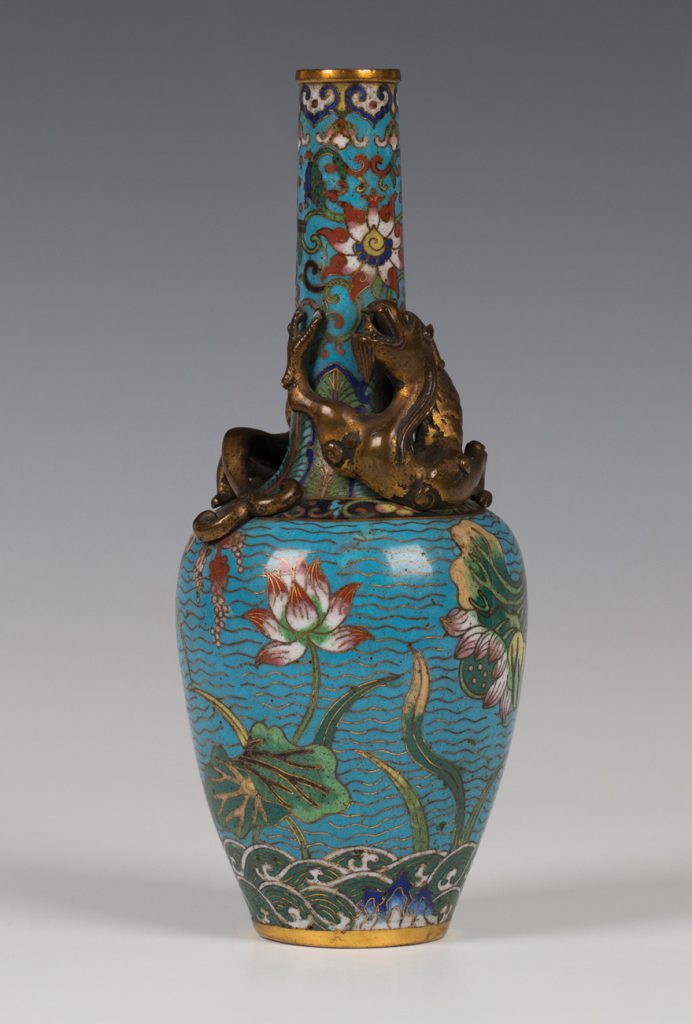
In the 18th century the emperor Qianlong (1736-1795) surrounded himself with resplendent enamel works in his summer residence which he remodelled in the European Rococo taste guided by Italian and French Jesuit missionaries.
The Qianlong period Chinese cloisonné turquoise ground bottle vase of ovoid form is decorated with a lotus pond whilst the narrow neck has lotus flowerheads and scrolling tendrils above a stiff leaf band. Once again a dragon is depicted, this time cast in gilt metal. Thanks to its symbolic qualities of potent and auspicious powers the dragon is an emblem often associated with the Emperor in China. The turquoise ground is typical of much Chinese cloisonné. Pieces like this embody the search for perfection and originality in an increasingly industrial age.
These two fine examples of the art of Chinese cloisonné were sold for £19,000 and £4,600 at Toovey’s specialist sales of Chinese and Asian Art reflecting its continuing allure to collectors today.
